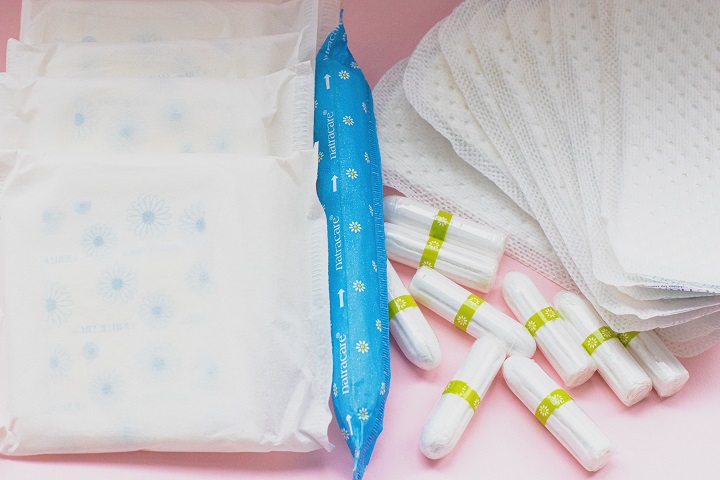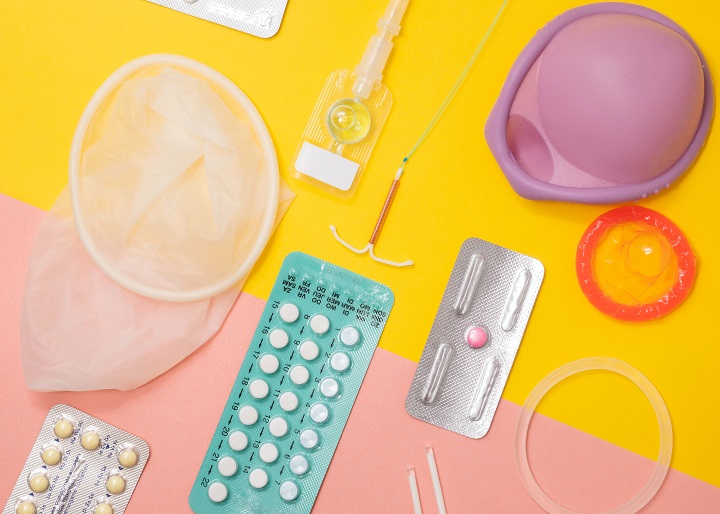As the name suggests, birth control is typically used to prevent pregnancy. But many women don’t realize this popular medication is not limited to use as a contraceptive. It can also help with various other health concerns. From combating hormonal acne to managing polycystic ovarian syndrome, here are five surprising uses for birth control besides contraception.
Table of Contents
1. Hormonal Acne
Hormonal acne often arises during puberty when the hormones fluctuate wildly. It can also return in adulthood, impacting adults between the ages of 20 and 50. This type of acne can take the form of traditional, surface-level pimples. It can also manifest as a deeper and more painful form called cystic acne. Hormonal acne is especially common in women, and breakouts often correspond with certain phases of the female menstrual cycle.
Hormonal acne can be painful and difficult to treat. The condition may cause low self-esteem for some, and it can make it hard to look in the mirror — or at other people. When traditional acne medications fail to provide relief, you may want to consider birth control. Junel Fe and other birth control pills can help to regulate female hormones to minimize the fluctuations that cause acne. The most effective types of birth control pills for combating hormonal acne are those containing both estrogen and progesterone.
2. Painful Periods
Women who experience severe menstrual cramps are often surprised to learn that menstrual periods aren’t supposed to be cripplingly painful. Severe pain during your period is considered a menstrual irregularity, not a burden all women must simply bear. Unfortunately, this and other types of menstrual irregularities, while not exactly common, nevertheless affect a significant proportion of women. The U.S. National Institutes of Health estimates that up to 25% of women who are of childbearing age experience them.
Birth control medication may help reduce monthly period pain caused by cramping. It does this by decreasing the level of prostaglandins in the body. Prostaglandins are natural chemicals that cause the uterus to contract during your cycle and during ovulation. As uterine contractions become less frequent and severe, you’re less likely to experience painful periods. “That time of the month” can be no worse — or at least not much worse — than any other.
3. Menstrual Cycle Regulation
Most women have come to accept that monthly bleeding is an unavoidable part of life. But what if you could control when your body bleeds and when it doesn’t? You wouldn’t have to worry about missing out on pool parties or starting your period in the middle of a vacation. Most birth control prescriptions are structured in a way that gives you some control over when you bleed.
Many popular birth control medication packs come with one week of placebo pills. These pills don’t usually contain any hormones and are only there to help you stay in the habit of taking a pill once each day. Most women get their periods while taking the placebo pills. However, if you have a special event coming up, you can choose to occasionally skip the placebo pills. That way, you can continue taking hormone-containing pills and skip your period until the next month.

4. Premenstrual Syndrome
Premenstrual syndrome is a collection of symptoms associated with the female menstrual cycle. Some of the most common symptoms include:
- Mood swings
- Fatigue
- Breast tenderness
- Diarrhea or constipation
- Abdominal bloating
- Headaches
- Change in libido
- Food cravings
- Increased anxiety or tension
It isn’t unusual for women to experience some of these symptoms on a mild scale in the days leading up to menstruation. However, some women experience them severely enough that they impact their daily activities. When this occurs, it is known as premenstrual syndrome. A small number of women experience such disabling symptoms that they can’t live their normal lives for one to two weeks per month. This is called premenstrual dysphoric disorder, which is considered a more severe form of PMS.
Experts are still trying to uncover the underlying causes of PMS and PMDD. However, many women affected by these conditions have found relief through hormonal birth control. It may take some time to discover the type of birth control that works best for this purpose. Be patient while you search for the most effective type to help reduce your severe monthly symptoms.
5. Polycystic Ovarian Syndrome
Polycystic ovarian syndrome is a hormonal disorder that often causes small cysts to develop on the ovaries. It’s also associated with the overproduction of androgen hormones in the female body. PCOS affects as many as 12% of reproductive-aged women in the United States and is one of the most frequently cited causes of infertility. The condition can cause irregular and painful periods, ovulation problems, and a host of other unpleasant symptoms. Women with PCOS may have heavy periods, or they may not have periods at all.
For women with PCOS, it is important to manage symptoms for a better quality of life. Fortunately, birth control can provide relief from PCOS symptoms by regulating hormones and decreasing cyst production. It can also decrease unwanted hair growth and acne, which are common side effects of PCOS.
For women who don’t wish to become pregnant, hormonal birth control is a godsend. But its life-changing powers don’t end there. If you suffer from any of the conditions discussed above, birth control may help. Consider using this popular treatment to help manage unwanted symptoms associated with imbalanced hormones.

